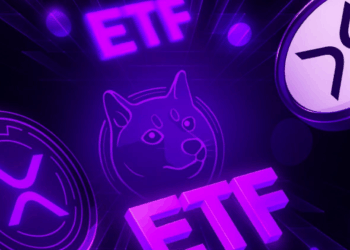This achievement is particularly rare given the record-high network difficulty, which recently hit 126.98 trillion. The miner reportedly ramped up their hashrate to 259 petahashes per second (PH/s), likely by renting additional computing power to increase their chances of securing the block.
The block contained 3,680 transactions and was confirmed at 3:48 AM UTC on June 5, 2025. While solo mining is often compared to winning the lottery due to the intense competition from large mining pools, this event highlights that individual miners can still succeed against the odds.

Mining a Bitcoin block solo is incredibly difficult unless you’re operating a high-powered mining farm equipped with cutting-edge ASIC rigs like the Antminer S21 or WhatsMiner M60. Without this, you’re relying solely on your own hashpower to compete against massive global mining pools and farms—akin to buying a single Powerball ticket and hoping for a jackpot win.
While solo mining is feasible, it’s not a viable strategy for consistent revenue. Most miners opt for mining pools, which combine the computational power of thousands of participants, ensuring smaller but more frequent and predictable payouts.
Due to their reliability and shared rewards, pools like F2Pool, AntPool, and ViaBTC dominate the Bitcoin network. However, rare cases like Solo CK highlight the decentralized nature of Bitcoin, proving that individual miners can still participate, just don’t wager your electricity bill on it.
It’s important to note that cryptocurrency remains an unregulated digital asset, not recognized as legal tender, and is subject to market risks. The information provided should not be considered financial or trading advice. CryptoNow holds no responsibility for any investment decisions made based on the content of this article.










